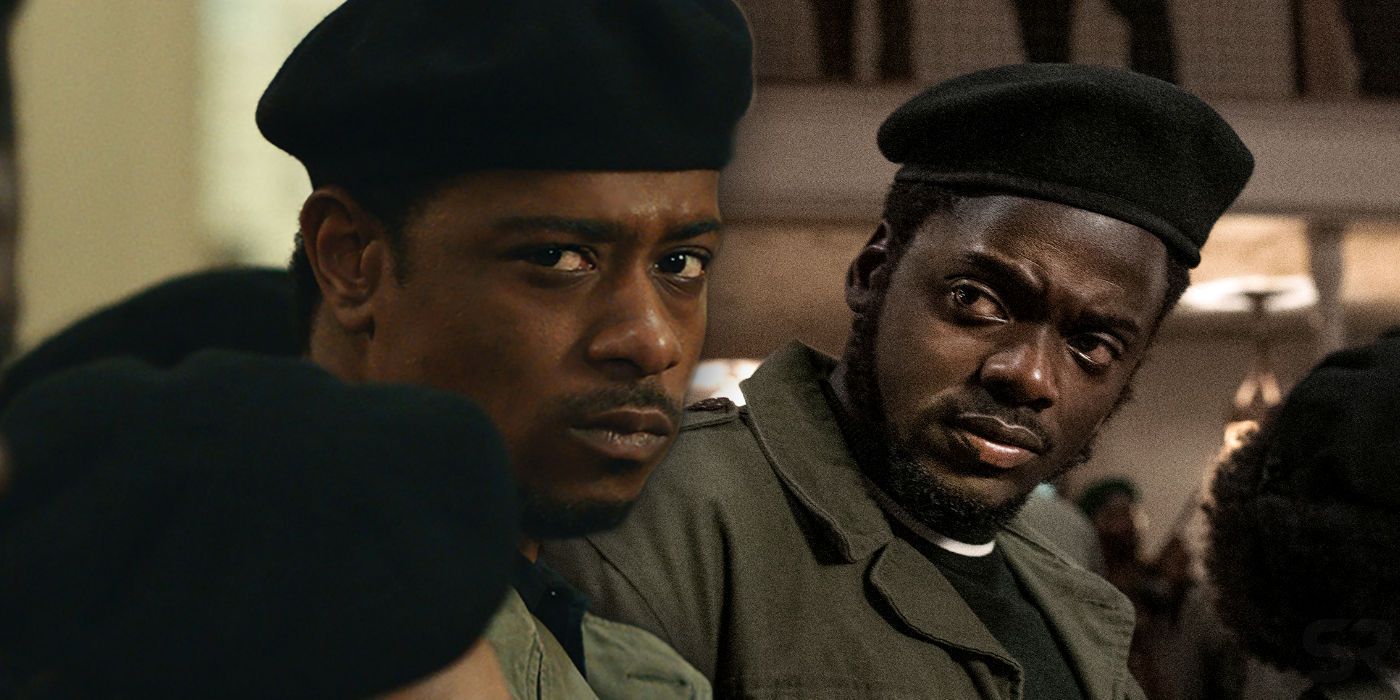
Warning! Spoilers ahead for Judas and the Black Messiah.
Judas and the Black Messiah is based on the true events that led to the state-funded assassination of Fred Hampton in 1969. Hampton (Daniel Kaluuya), the chairman of the Illinois chapter of the Black Panther Party, was deemed a radical threat by the FBI — in the film, one of the agents compares the Black Panther Party to the Ku Klux Klan, a false equivalency to be sure — and J. Edgar Hoover’s plan is to stop the rise of Hampton, the titular “Black messiah.”
While Hampton is central to the film’s narrative, FBI informant William “Bill” O’Neal (Lakeith Stanfield) is at the forefront, infiltrating the Black Panther Party and later offering the blueprints to Hampton’s apartment, an act that would lead to his murder by the Chicago police. Judas and the Black Messiah gets a lot of the facts right about what happened and the roles Hampton, O’Neal, and the FBI played. But, considering that it’s a film, there are bound to be creative liberties taken, be it as simple as slightly exaggerating the truth or tweaking events to better suit the narrative. Here are the film’s biggest changes to Hampton and O’Neal.
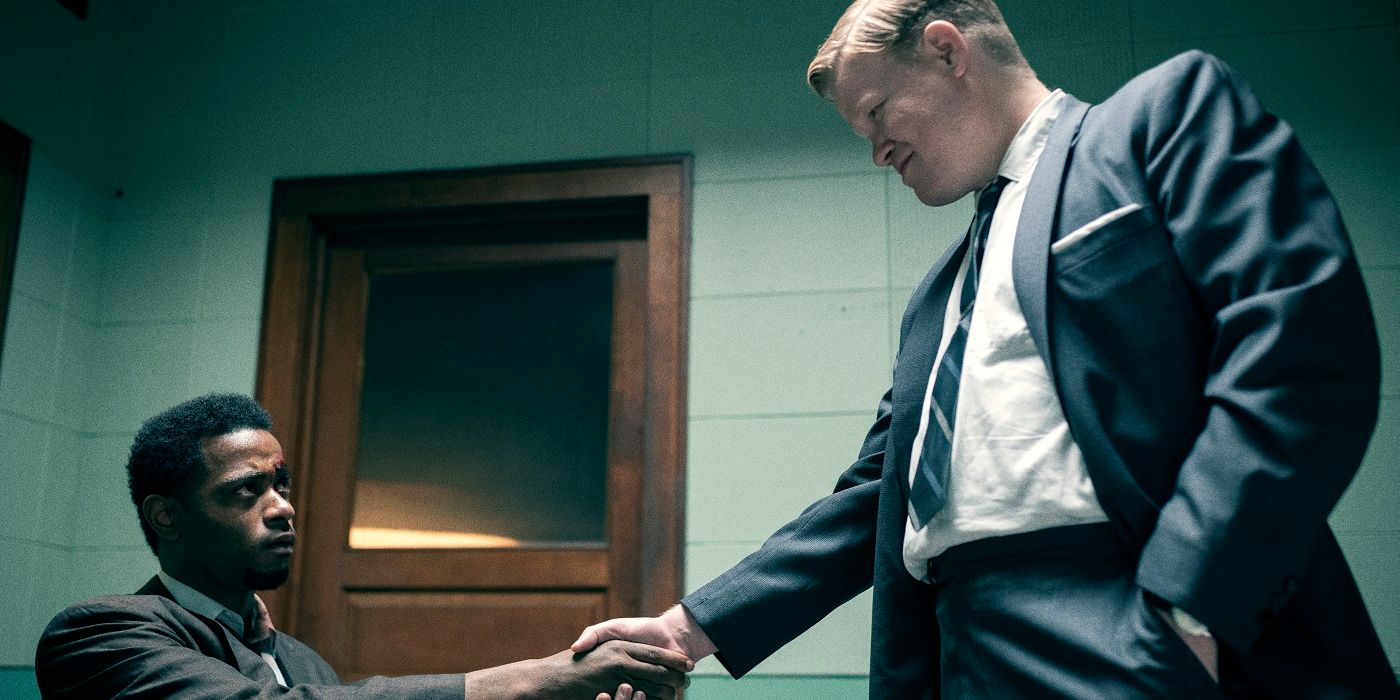
In Judas and the Black Messiah, the introduction of Bill O’Neal involves him stealing a car from outside a convenience store, with the owner and a couple of others clamoring to stop him before he took off with it. One of them successfully used a knife to cut through the roof and stab Bill before he finally drove away. However, Bill doesn’t seem to get very far before he’s apprehended by police officers and arrested. While Bill did steal a car in real life, he claims he was with a buddy the night of the theft.
They’d both been drinking and decided to steal the car, driving around Chicago for almost an hour before deciding to go visit a relative across state lines. He and his friend got into a car accident out of state, walked away from the incident and fled back to Chicago on a bus. According to O’Neal himself, it wasn’t until four or so months later that FBI Agent Roy Mitchell contacted him at all about the incident. It took another few months before Mitchell propositioned him to join the Black Panther Party as an informant for the FBI, with the promise that any stolen car charges would be dropped. The film, on the other hand, plays fast and loose with the timeline and the event that led to O'Neal and Mitchell's first meeting, with only the theft being positioned as the lead-up to their working together.
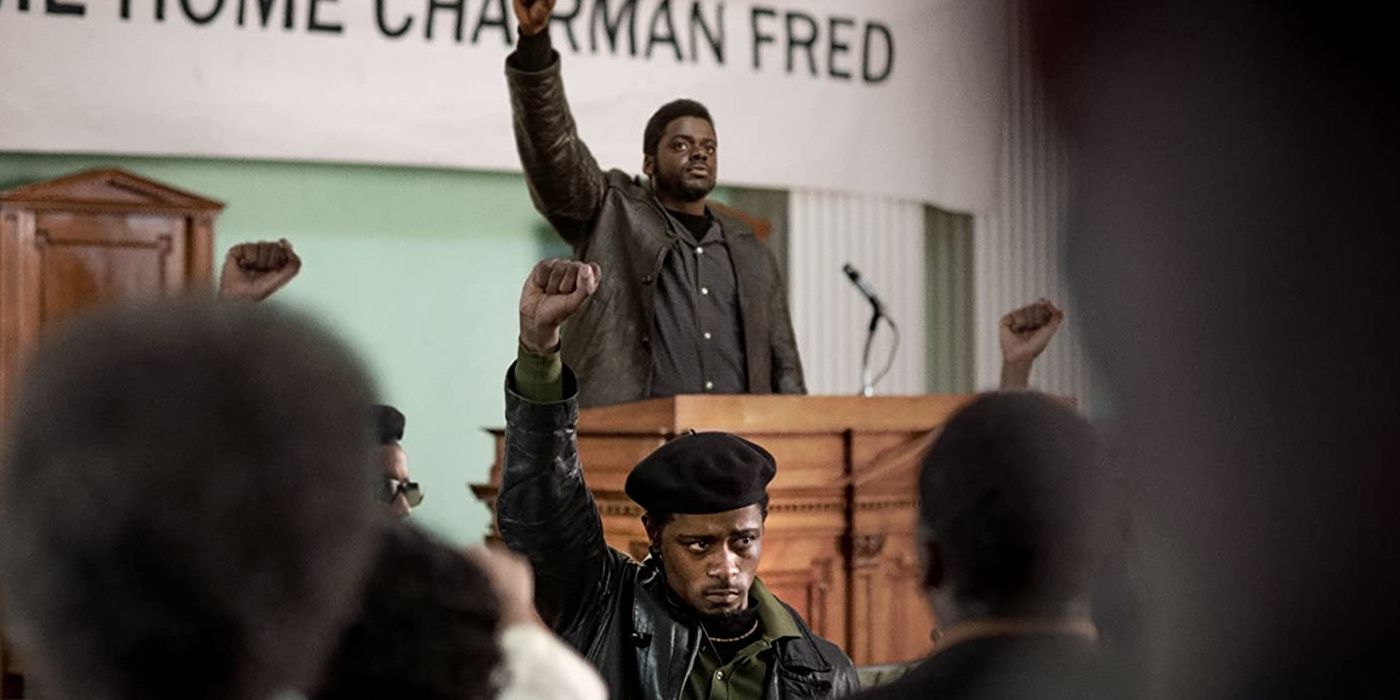
Judas and the Black Messiah never reveals the exact ages of Hampton and O’Neal. Kaluuya and Stanfield are 31 and 29, respectively. For the purposes of the film, the audience is to assume that Hampton and O’Neal are also around the same age. However, Hampton was only 21-years-old when he was killed, a full decade younger than his onscreen counterpart. Meanwhile, O’Neal was just 17-years-old when he became an informant for the FBI and about 20-years-old at the time of Hampton’s death. That’s a big change since the ages of the men heavily affect the way that they’re seen. Their youth and, in O’Neal’s case, his naivete, were certainly factors that influenced their actions and the emotional aftermath of Hampton's assassination. However, Judas and the Black Messiah neglected to reveal the men’s true ages, thus altering the way they're also viewed by the audience.
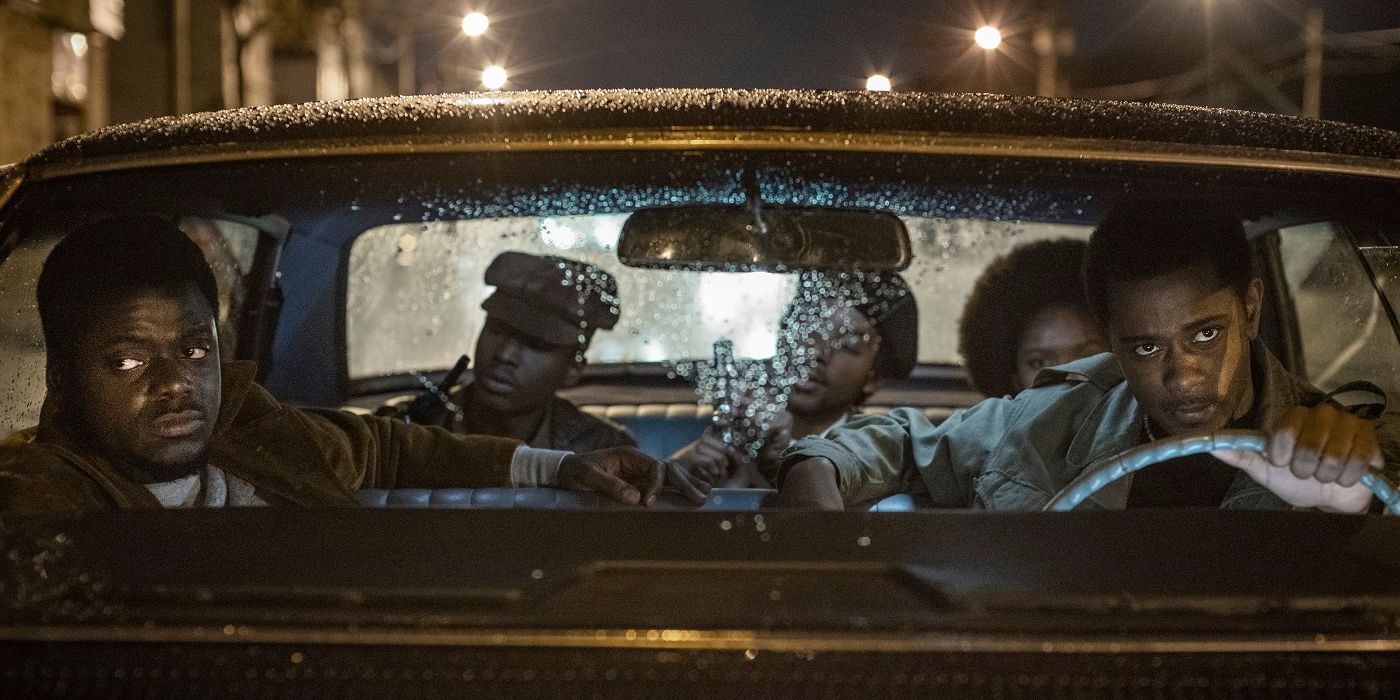
In the film, O’Neal is frustrated at first because, as he tells Mitchell, he can’t get close enough to Fred Hampton to leak information to the FBI. So, O’Neal asks for a car so that he could start driving Hampton and some of the other high-ranking members of the Black Panther Party around Chicago. With Hampton in the front seat alongside him, O’Neal was better able to engage with the chairman to eventually earn his trust. However, during O’Neal’s only interview with Eyes on the Prize, as well as other sources, point to him never having been Hampton’s driver. According to O’Neal, who says it was easy to get a position with the Panthers because they were short of personnel at the time, he was given the position of head of security rather quickly and there is no information that suggests he had to convince Mitchell to get him a car to get closer to Hampton at all.
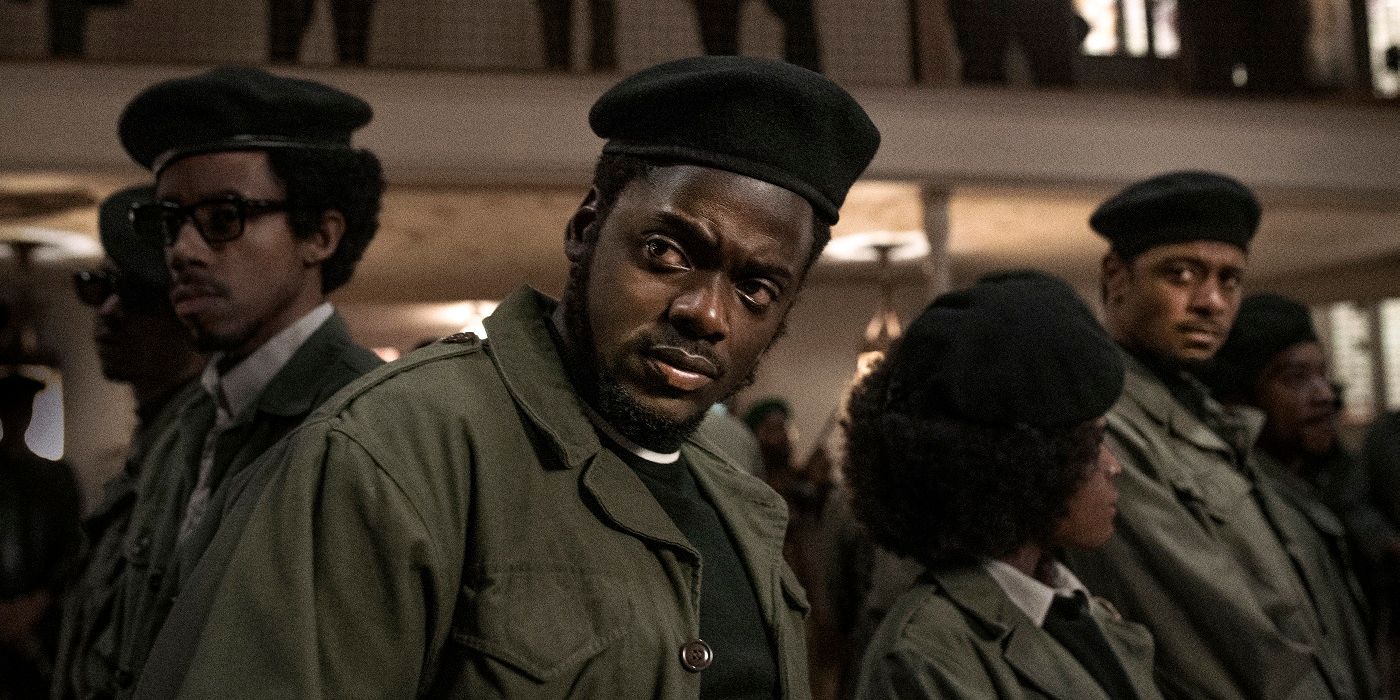
The police raid that comes in the final moments of Judas and the Black Messiah showcases what happens after O’Neal hands over the blueprints to Hampton’s apartment to Mitchell. The night of the raid, Hampton had several people over for dinner before O’Neal slipped him a drug that would keep him asleep during the violent and harrowing event. In the film, Hampton's girlfriend and fellow activist Deborah Johnson — who now goes by Akua Njeri and is portrayed by Dominique Fishback in the film — attempts to shake Hampton awake as soon she starts hearing gunshots.
He never wakes up, though, and is thereafter shot at point-blank range while sleeping and dragged out of bed and across the ground in the aftermath. However, as Njeri tells it, Hampton’s eyes were open after being shaken. He lifted his head slowly, with his eyes trained on the entranceway, before lying his head back down. Njeri claims it “was the only movement he made” during the raid. In the film, Hampton never awakes, his eyes remaining closed and his head remaining on the pillow for the entirety of the police assault.
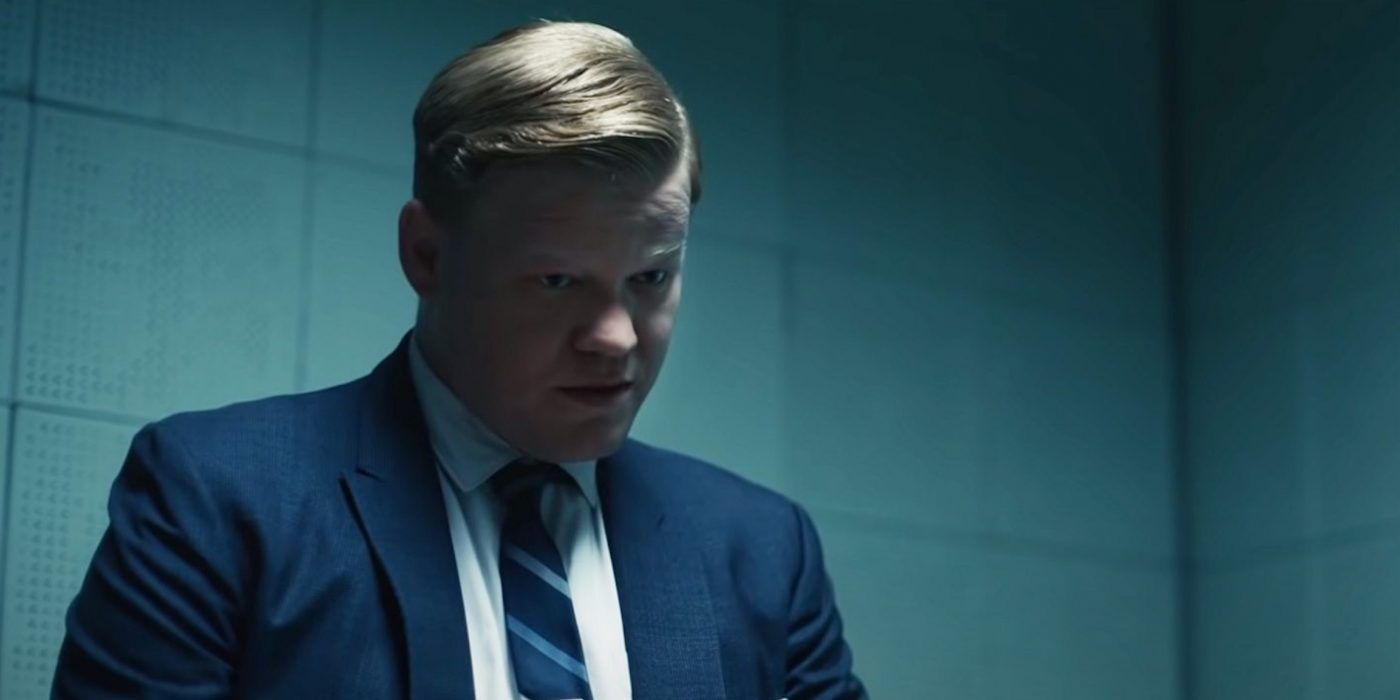
Kenny and Keith Lucas, the brothers who shaped the story that ultimately became Judas and the Black Messiah, took creative liberties with regards to O’Neal’s relationship with Mitchell, his FBI handler. The Lucas Brothers say they didn’t really know the full nature of their relationship and that, after watching O’Neal’s Eyes on the Prize interview, they couldn’t take the man at his word. In an interview with Decider, Kenny Lucas said that they “took what [O'Neal] said, and made some assumptions based on other research that we’ve done, about the relationship between informants and their handlers.” In scenes focused on O’Neal and Mitchell’s dynamic, the brothers added dialogue they believe was said during their exchanges without fully knowing the extent of how close or distant the pair were with each other during that time period. In the film, Mitchell prods O'Neal to do better with providing information on occasion. When they do meet, it's at a restaurant where O'Neal gets to order steak and Mitchell slips him money. Their meeting place in real life isn't clear, though O'Neal reveals he'd been to Mitchell's home.
from ScreenRant - Feed https://ift.tt/3tVK9pi

0 Comments